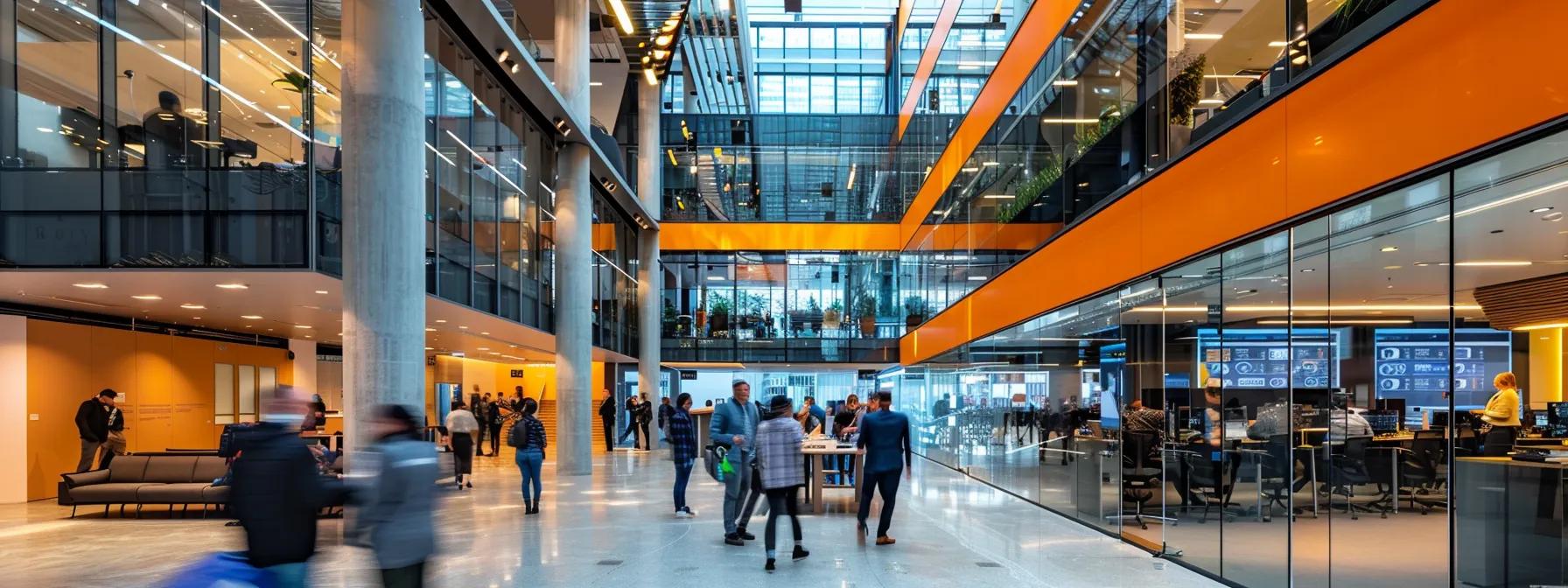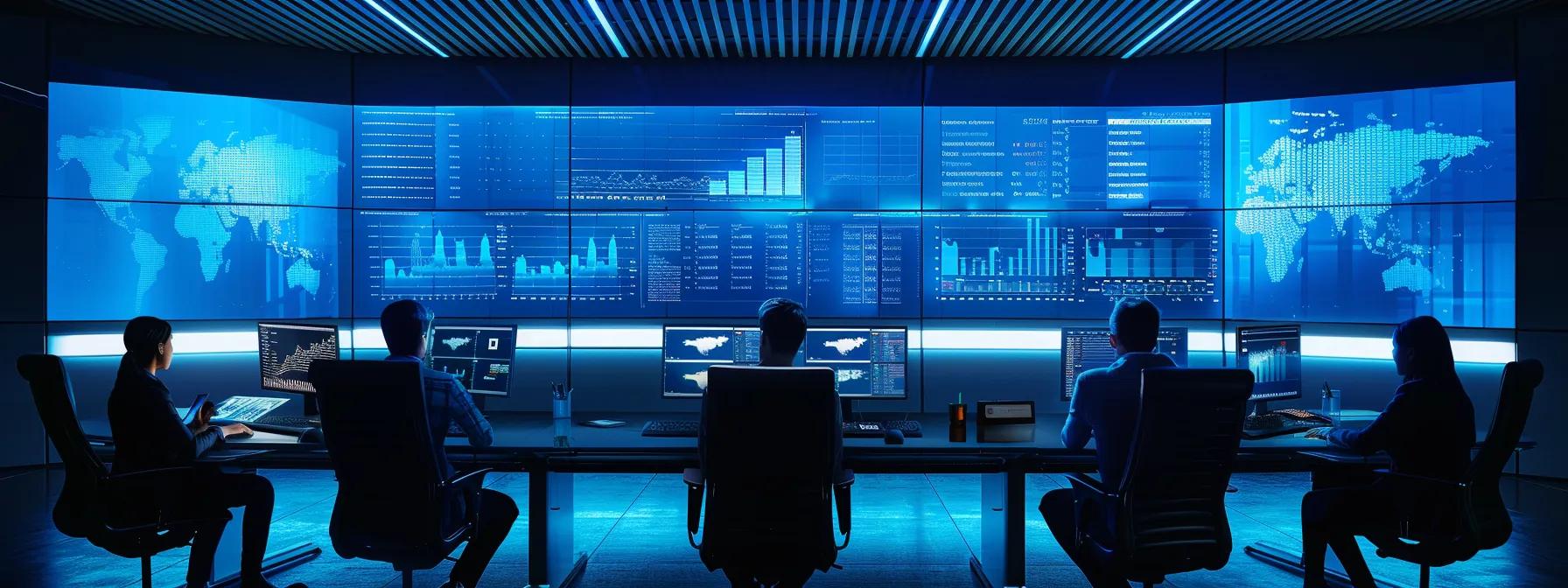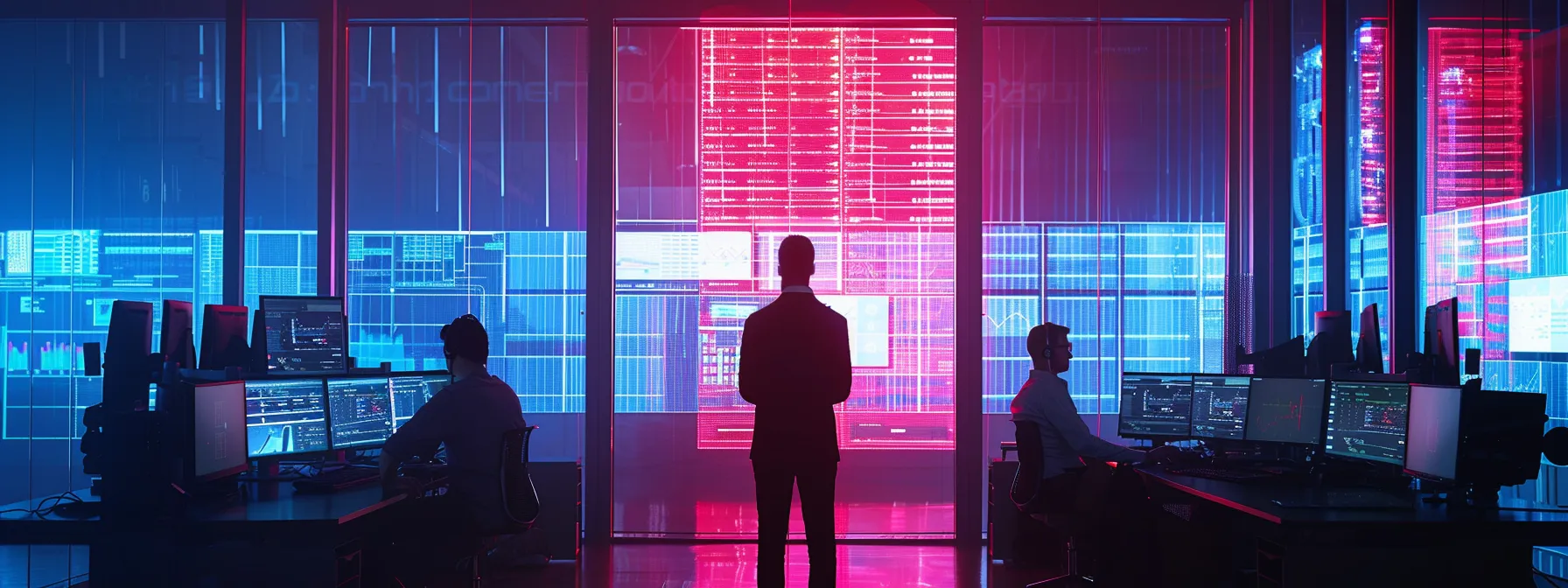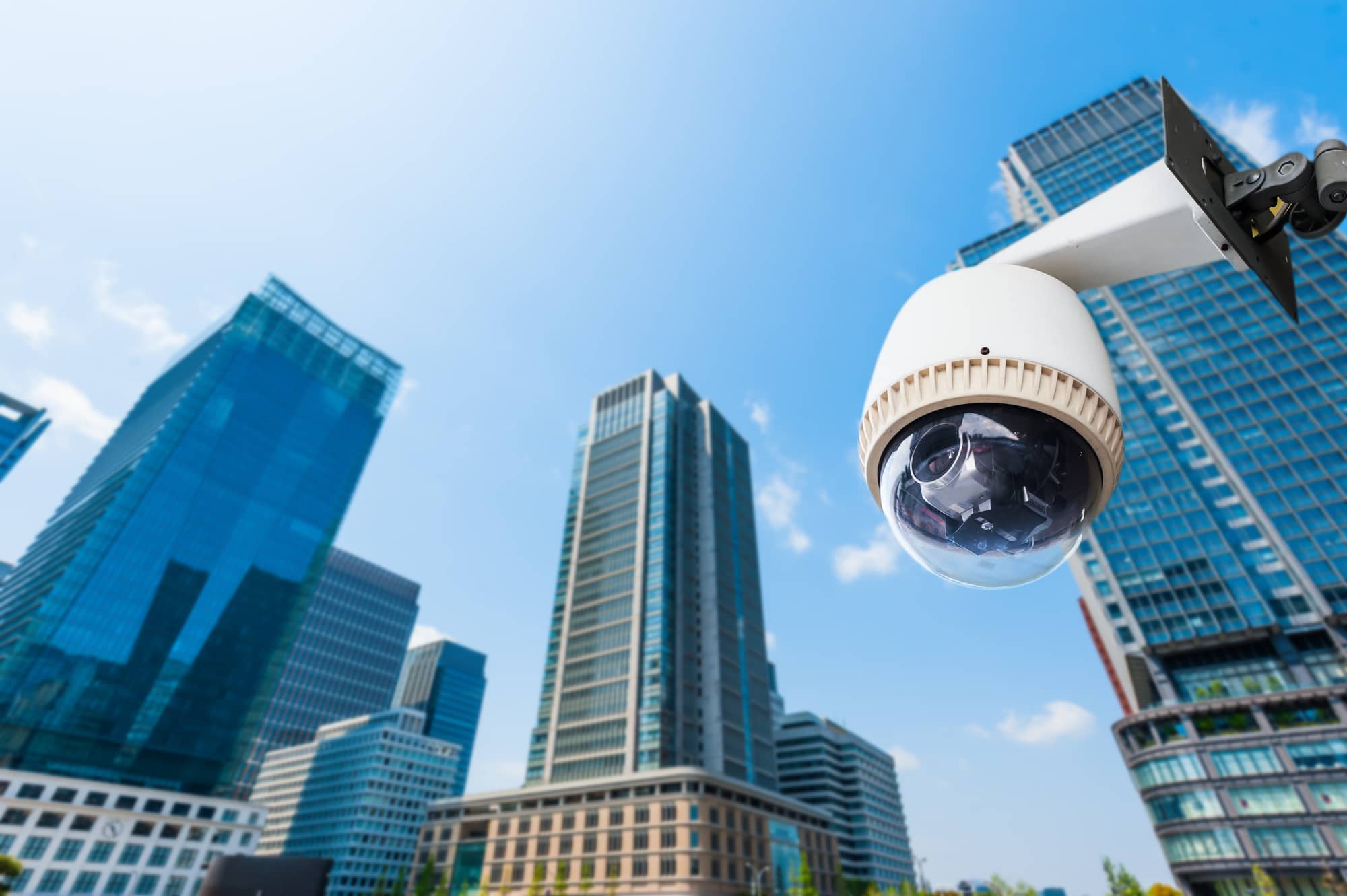
Let’s delve into the intricate balance that businesses must strike when implementing video security measures. The goal is to enhance workplace safety without infringing on the personal privacy of employees. We will explore how technological advancements in video security have revolutionized workplace safety, discuss the legal and ethical implications, and provide insights into achieving a harmonious balance between surveillance and privacy rights.
Navigating the landscape of video security in the workplace is not just about installing cameras; it’s about understanding the responsibilities that come with monitoring employees and respecting their privacy. From small businesses to large corporations, the principles of ethical surveillance are universal. Join us as we unfold the complexities of video security in the workplace, offering practical advice for businesses striving to create a secure yet respectful work environment.
The Rise of Video Security in the Workplace
The adoption of video security systems in workplaces is not just a trend; it’s a reflection of the growing need for enhanced safety measures in diverse business environments. This section explores the factors driving this adoption and the advancements in technology that are shaping modern workplace security.
A. Increasing Demand for Workplace Safety:
- Rising Security Concerns: With escalating incidents of workplace theft, vandalism, and other security breaches, businesses are increasingly turning to video surveillance as a deterrent and a means of evidence collection.
- Employee Safety: Beyond external threats, video security plays a crucial role in ensuring employee safety, monitoring for potential accidents or emergencies.
B. Technological Advancements in Video Security:
- High-Resolution Cameras and Advanced Analytics: The evolution from grainy footage to high-definition video enables more detailed surveillance. Coupled with analytics, cameras can now recognize patterns and unusual activities, enhancing security operations.
- Remote Monitoring and Cloud Storage: Modern systems allow for remote monitoring, enabling security personnel to keep an eye on the premises from anywhere. Cloud storage offers scalable, secure data storage solutions.
C. Effectiveness in Enhancing Workplace Safety:
- Deterring Unlawful Activities: The presence of cameras can deter potential criminal activities, as individuals are less likely to commit offenses when they know they’re being watched.
- Resolution of Incidents: Video footage serves as an invaluable tool in resolving disputes, investigating incidents, and providing evidence in legal scenarios.
Legal and Ethical Considerations
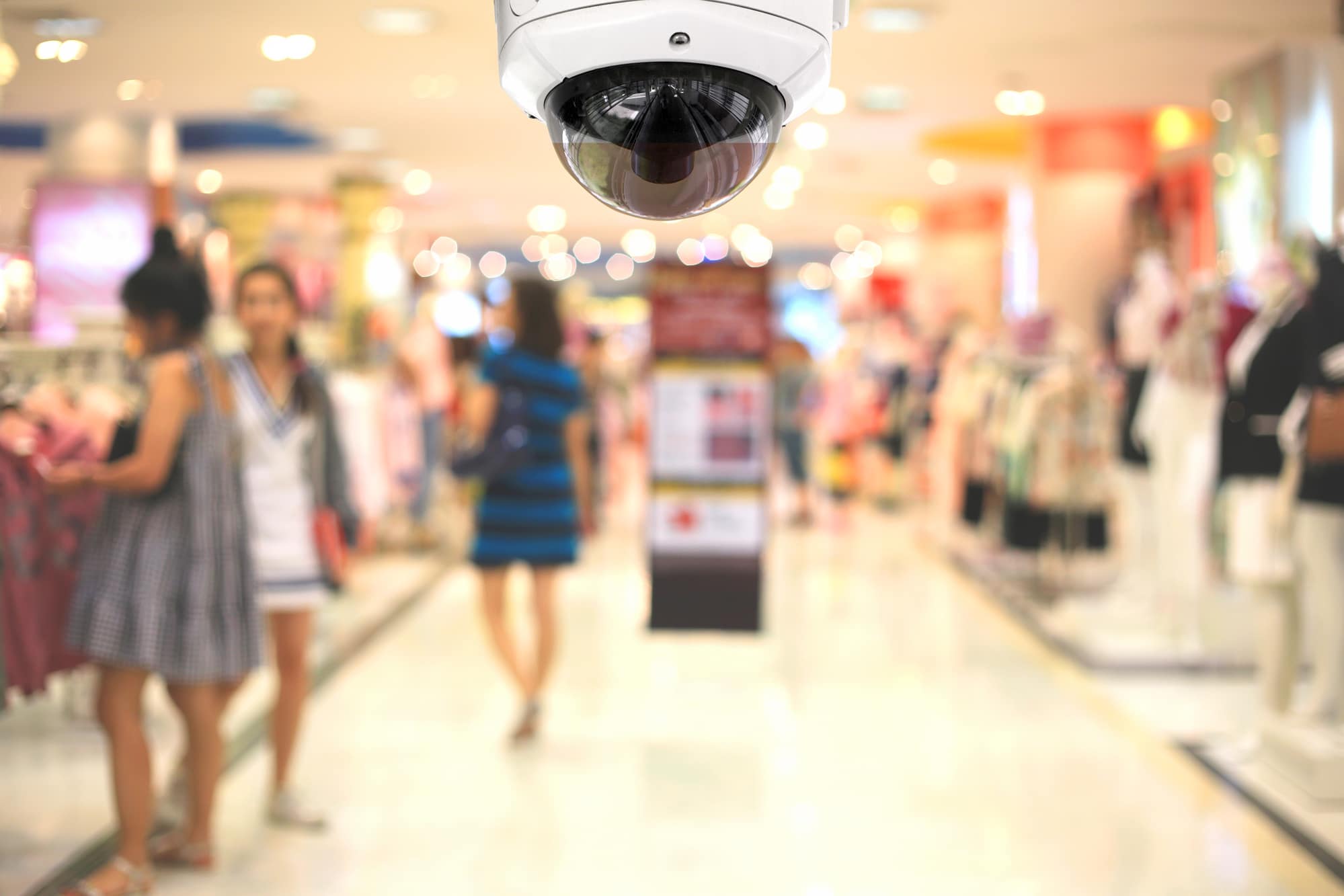
Implementing video security in the workplace isn’t solely a technical matter; it also involves navigating a complex web of legal and ethical considerations. This section addresses the critical aspects of law and ethics that businesses must consider when deploying video surveillance systems.
A. Understanding Legal Frameworks:
- Privacy Laws and Surveillance Regulations: Different countries and states have varying laws governing workplace surveillance. For instance, the General Data Protection Regulation (GDPR) in Europe places stringent requirements on privacy and data protection.
- Consent and Notification: In many jurisdictions, employers are required to inform employees about surveillance practices and, in some cases, obtain their consent.
- Record Keeping and Access: Laws often dictate how long surveillance footage can be stored and who may access it, ensuring the protection of individual privacy rights.
B. Ethical Implications of Workplace Surveillance:
- Employee Privacy Rights: Balancing the need for security with respect for employee privacy is a delicate ethical issue. Surveillance should not intrude on personal privacy more than necessary.
- Creating a Culture of Trust: Excessive surveillance can erode trust within the workplace, creating an atmosphere of suspicion. Employers must consider the impact of surveillance on employee morale and company culture.
C. Transparent Policies and Procedures:
- Developing Clear Surveillance Policies: Policies should clearly outline the purposes of surveillance, the areas being monitored, and the handling of recorded footage.
- Employee Involvement: Involving employees in the development of these policies can help address privacy concerns and foster a sense of transparency and trust.
Benefits of Video Security for Workplace Safety
Video security systems, when implemented thoughtfully, can offer numerous benefits in enhancing workplace safety. These benefits extend beyond mere surveillance, contributing to a safer and more secure work environment.
A. Enhancing Overall Safety:
- Prevention of Accidents and Emergencies: Surveillance cameras can help in identifying potential hazards in the workplace, preventing accidents before they occur.
- Monitoring Compliance with Safety Protocols: Video security aids in ensuring that safety procedures are followed, reducing the risk of incidents related to non-compliance.
B. Deterrence of Unlawful Activities:
- Crime Deterrence: The presence of cameras acts as a deterrent to potential internal and external security threats, such as theft, vandalism, and other criminal activities.
- Protection of Assets: Surveillance helps in safeguarding business assets, including intellectual property, equipment, and other valuable resources.
C. Aiding in Incident Resolution:
- Investigative Tool: In the event of a workplace incident, video footage can provide crucial evidence, aiding in the investigation and resolution process.
- Dispute Resolution: Video surveillance can help resolve disputes among employees or between employees and management by providing an unbiased record of events.
D. Improving Emergency Response:
- Real-Time Monitoring and Alerts: Advanced video systems can send alerts in real-time during emergencies, enabling quicker response and potentially saving lives.
E. Supporting Remote Monitoring:
- Flexibility in Security Management: Remote monitoring capabilities allow security personnel to keep an eye on the workplace from anywhere, providing flexibility and enhancing response times.
The integration of video security in the workplace is not just a measure for monitoring; it’s a strategic tool for enhancing overall safety, preventing incidents, and providing a secure environment for employees.
Privacy Concerns and Solutions
While video security is essential for workplace safety, it must be balanced with respect for employee privacy. Understanding and addressing these concerns is crucial to maintaining an ethical and legally compliant surveillance system.
A. Addressing Common Privacy Concerns:
- Intrusive Surveillance: Over-monitoring, especially in private areas like break rooms or restrooms, can lead to discomfort and privacy infringement.
- Data Security: Ensuring the security of recorded footage to prevent unauthorized access or data breaches is a significant concern.
B. Best Practices for Maintaining Privacy:
- Limiting Camera Placement: Cameras should be strategically placed in areas where monitoring is necessary for safety and security, avoiding private spaces.
- Transparent Communication: Regularly informing employees about the surveillance practices and their purpose helps in maintaining transparency and trust.
C. Technological Solutions for Enhancing Privacy:
- Facial Blurring and Anonymization: Employing technologies that anonymize individuals in non-critical areas can help maintain privacy while still providing surveillance benefits.
- Restricted Access to Footage: Implementing strict access controls to surveillance footage ensures that only authorized personnel can view the recordings.
D. Regular Reviews and Updates of Surveillance Practices:
- Evaluating the Necessity and Proportionality: Regularly review surveillance practices to ensure they are necessary and proportionate to the intended safety benefits.
- Adapting to Changing Privacy Laws and Expectations: Staying updated with evolving privacy laws and employee expectations is crucial for maintaining compliant and respectful surveillance practices.
By adopting these measures, businesses can ensure that their video security systems protect both the safety of their workplace and the privacy rights of their employees.
Implementing a Balanced Approach
Finding the right balance between workplace safety and employee privacy is critical when implementing video security systems. This final section provides strategies and practical tips to help businesses achieve this equilibrium, ensuring a secure yet respectful work environment.
A. Strategic Planning and Implementation:
- Assessing Specific Security Needs: Before installing cameras, assess the specific security needs of your workplace. This assessment helps in determining the necessary scope and scale of surveillance.
- Involving Stakeholders: Include employees, management, and possibly legal advisors in the planning process to ensure all perspectives are considered.
B. Developing and Communicating Clear Policies:
- Creating Transparent Policies: Develop clear, written policies regarding video surveillance, including the locations of cameras, purposes of monitoring, and access to footage.
- Regular Communication: Keep employees informed about surveillance practices and any changes to the policies, maintaining an open line of communication.
C. Employee Involvement and Feedback:
- Encouraging Employee Participation: Involve employees in discussions about surveillance practices to address concerns and gather feedback.
- Regular Reviews and Adjustments: Regularly review the effectiveness of the surveillance system and be open to making adjustments based on employee feedback and evolving needs.
D. Ethical Use of Surveillance Data:
- Respecting Privacy in Data Usage: Use surveillance data ethically and only for its intended purpose, ensuring that it is not misused or exploited.
- Secure Data Management: Implement robust data security measures to protect surveillance footage from unauthorized access or breaches.
E. Staying Informed and Compliant:
- Keeping Up with Legal Developments: Stay informed about changes in laws and regulations regarding workplace surveillance and ensure compliance.
- Adapting to Technological Advancements: Embrace new technologies that enhance security while respecting privacy, such as advanced analytics and privacy-centric surveillance features.
By following these strategies, businesses can successfully implement video security systems that safeguard workplace safety while respecting and protecting the privacy of their employees.
Final Thoughts
 Video security in the workplace is a powerful tool for enhancing safety, but it must be wielded with a deep respect for privacy and ethical considerations. By thoughtfully balancing these elements, businesses can create a secure, productive, and respectful work environment. As technology and regulations continue to evolve, so too should the approach to workplace surveillance, always with an eye towards maintaining this crucial balance.
Video security in the workplace is a powerful tool for enhancing safety, but it must be wielded with a deep respect for privacy and ethical considerations. By thoughtfully balancing these elements, businesses can create a secure, productive, and respectful work environment. As technology and regulations continue to evolve, so too should the approach to workplace surveillance, always with an eye towards maintaining this crucial balance.

